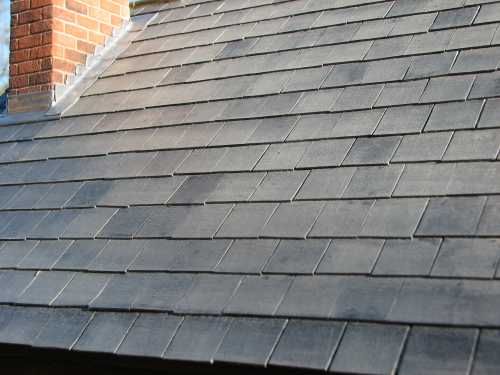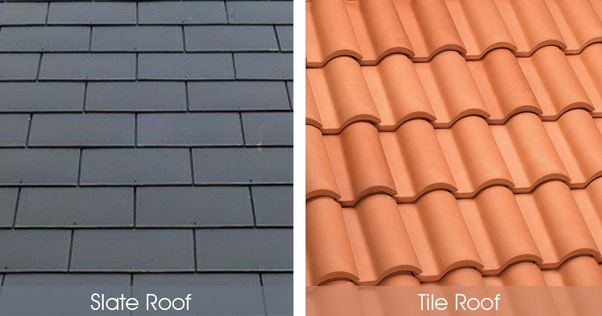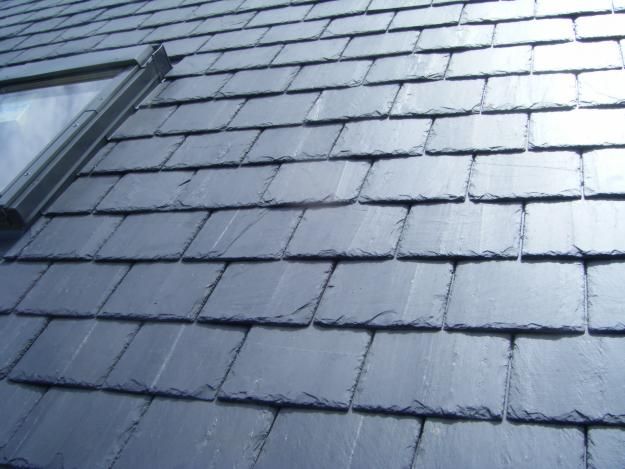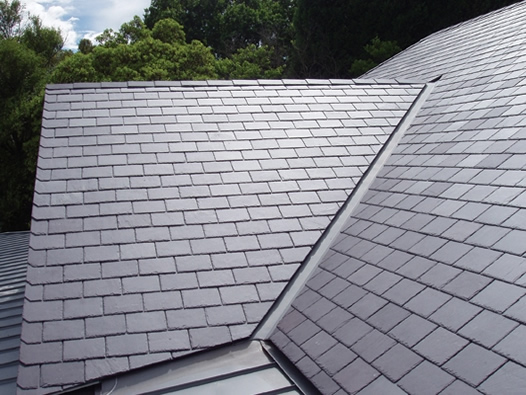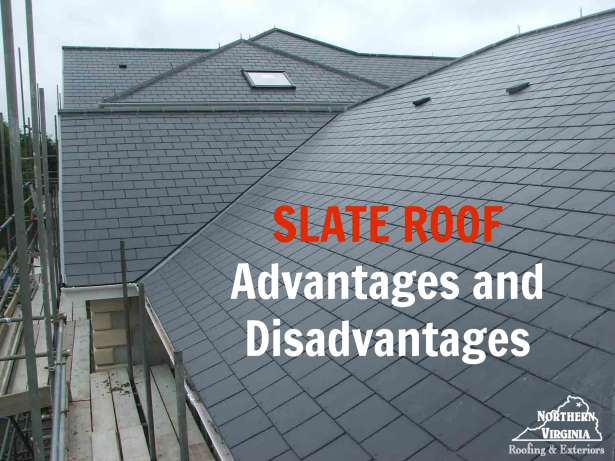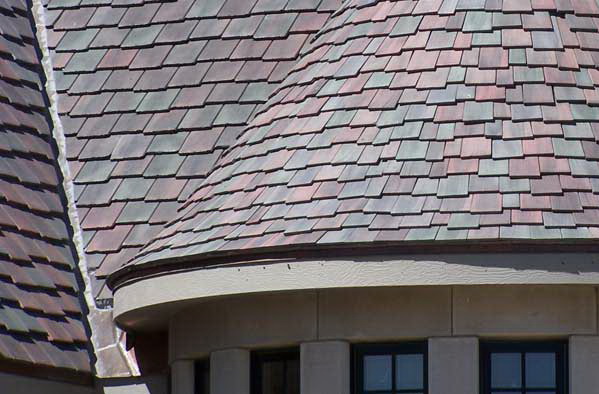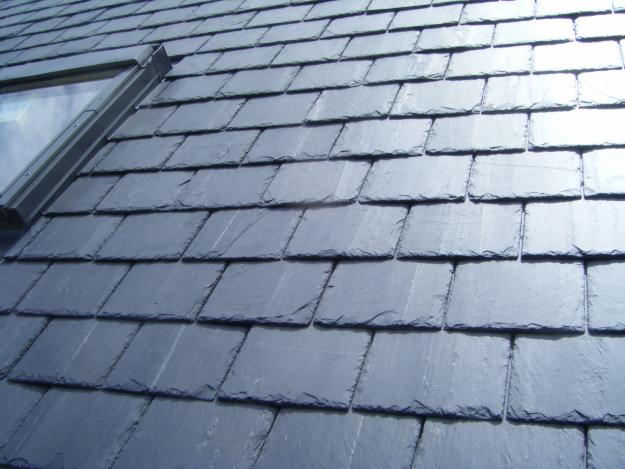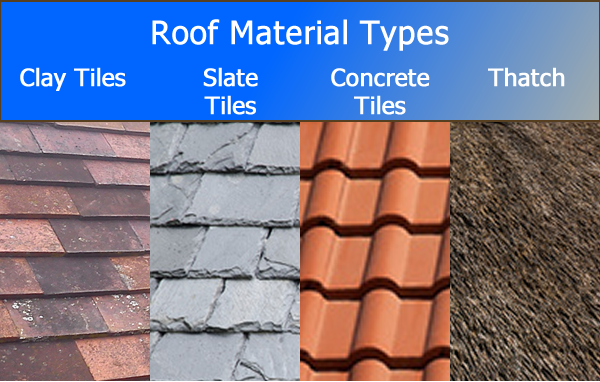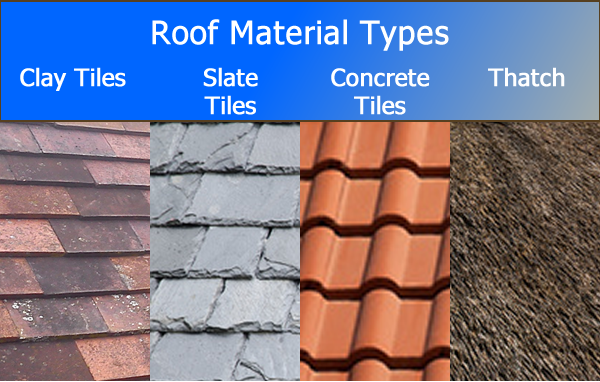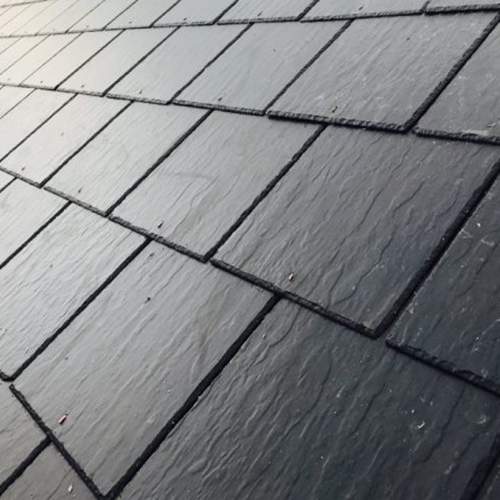Made to Last: What you should know about slate and tile roofs
There are a number of factors to consider when looking for the best roofing material. For one thing, you want a roof that lasts a long time and effectively protects your home. If you are looking for a roof that offers superior durability and practically lasts a lifetime while increasing the beauty of your home, consider slate and tile roofs.
Slate roof: the roof from nature
Slate roofs have a long and remarkable history, especially because after their installation, because of their long lifespan, they can actually be “witnesses” to history. For centuries, the exceptional durability and natural beauty of slate has been unmatched, and no other roofing material comes close. As such, slate is known as a high-end roof product.
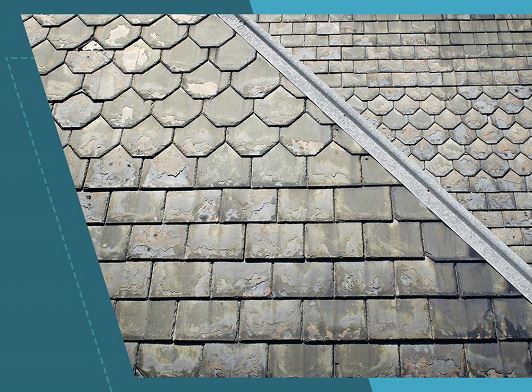
AESTHETIC FLEXIBILITY: Slate tiles can be customized and take any shape and size to complement a property.
Slate roof is extracted from slate, a fine-grained metamorphic rock that mainly consists of clay and volcanic ash. It offers significant advantages, including:
- Timeless appearance – Many homeowners are attracted to the slate roof mainly because of their beauty. It has the ability to improve the look of any house, especially a traditional house. Slate roof tiles are also available in different sizes and thicknesses as well as in different colors, which enables flexible design. They can even be tailored to meet specific design requirements.
- Notable lifespan – If you install a slate roof, you can expect it to last at least a century, with properly installed and maintained systems reaching an average of 150 years. In fact, it is not uncommon for slate roofs to outlast the house they are in. This life expectancy is a huge advantage as other roofing materials only last 20 to 30 years. To ensure the long life of Slate, many manufacturers offer hundreds of years of guarantees for their products.
- Excellent fire resistance – slate roofs are practically fire resistant. Because of their composition, they neither catch fire nor add fuel to a fire, making them ideal for homes in areas prone to forest fires.
- Environmentally Friendly – Roofing industry waste accounts for over 5% of the total landfill waste in the United States. Since slate roofs do not have to be replaced every few decades, they help to reduce the amount of waste. And if slate needs to be replaced, it can be recycled.
- Excellent durability and maintainability – slate roof tiles are made of natural stone and are characterized by their incredible durability. They are characterized by a dense design that makes them waterproof and prevents the absorption of water and moisture. Slate can also withstand extreme temperature fluctuations and maintains its shape through heavy rain, snow, hail and wind. They are also unlikely to develop fungi and mold, and they will look and work well without extensive maintenance.
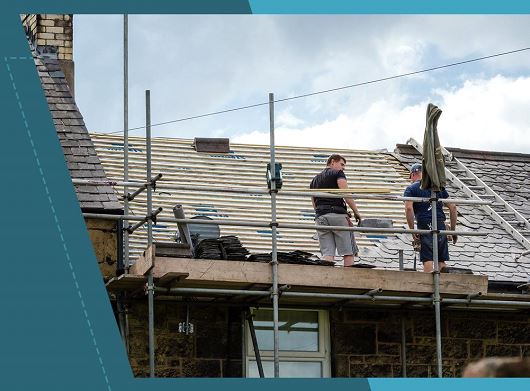
RIGHT RIGHT: If you only work with a reputable roofer in your area, you can be sure that you are getting the best out of the range of tiled roofs.
Installing a slate roof: what should be considered?
Consider the following to get the most out of installing a slate roof:
- Slate Type – Before you start, you need to examine and decide what type of slate roof tiles you want for your home. Various options are available to you. Do not hesitate to ask your trusted roofer for recommendations to help you choose.
- Slate thickness – the thicker the slate, the more durable it is. However, getting the thickest slate is not always the best step. Remember that thick slate tiles are harder to cut and work with, and inherently heavier. This can make installation difficult, extend the lifespan and make work more expensive.
- Proper installation – you need to remember that slate is essentially a stone that requires special installation tools and methods. You must work with a roofer who has extensive experience and training in installing slate roofs to ensure the success of your roofing project.
Tile roof: the next best
Though man-made, tile roofs can be as beautiful and durable as slate roofs. They are usually made of clay or concrete and are great for homes that are exposed to extremely hot weather and coastal air. And like slate, they also have a remarkable lifespan.
The main advantages of tiled roofs are:
- Longevity – Tile roofs last for decades and, if properly installed and maintained, will easily last between 35 and 50 years. In addition, they withstand strong winds, hail and fire and are usually given a 50-year guarantee from roof manufacturers.
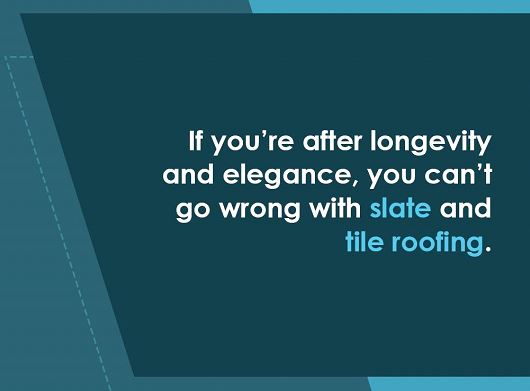
- Aesthetic flexibility – clay and concrete tile roofs come in a variety of styles and colors, making them suitable for a range of architectural styles, from traditional Spanish and Mediterranean to contemporary Europe. You can even find clay tiles that resemble the look of traditional shingles and wooden shakes.
- Resistance to putrefaction – In contrast to wood, clay tiles are insensitive to putrefaction and insect damage.
- Environmentally friendly – In addition to being made with sustainable resources, they can also be ground and recycled to produce other products such as pots or bricks when replaced, reducing waste to landfills.
- Energy efficiency – you don't look like it, but tile roofs are actually cool roofs. Their curved design optimizes the airflow through the system and prevents heat from accumulating and being transferred to a house. This helps maintain ideal indoor conditions, prevents HVAC systems from working twice as hard and consuming energy unnecessarily.
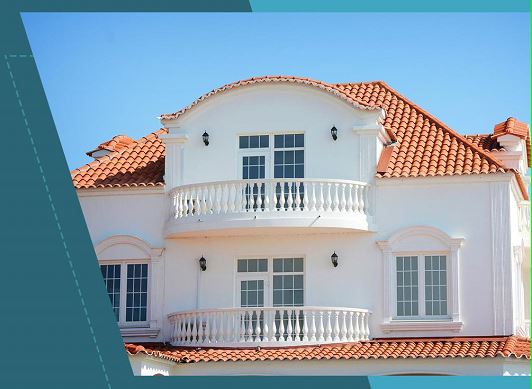
TIMELESS ELEGANCE: Tiled roofs exude a timeless elegance that can harmonize with most traditional and even contemporary architectural styles.
Installing a tile roof: what should be considered?
Before installing a clay or cement roof, take the time to consider these factors:
- Material – It is important to get products that are proven to work in your climate.
- Underlay – Since tile roofs are designed to drain water, it is not surprising that some water gets under the tiles. It is therefore very important to install a high quality and proper underlay.
- Guttering and flashing roofs – Tiled roofs must be combined with a high-quality and efficient guttering and flashing system in order to be able to carry out their water-discharge capabilities well and to be able to fully utilize the long service life.
- Proper installation – Ultimately, the tile roof must be properly installed and securely attached to a roof terrace to prevent the wind from lifting. Because tiles can be heavy, installation must be done by a trained and experienced roofer to ensure that the correct structural supports are in place.
If you are looking for durability and elegance, you can't go wrong with slate and tile roofs. Yes, they can be more expensive than other roof options, but the two have proven to be a worthwhile investment, especially if they are installed directly by a professional. To learn more about slate and tile roofs, contact your local roofer today.
Author bio:
Chris Spacek is the son of Bud "Papa" Spacek, owner of West Side Roofing. He grew up with a love for the roofing industry and the way your company has changed the lives of countless homeowners since the 1950s. Today he fully manages West Side Roofing with his brother Jamie, who oversees the residential side of the business. In the company blog you will find updates from Chris!
